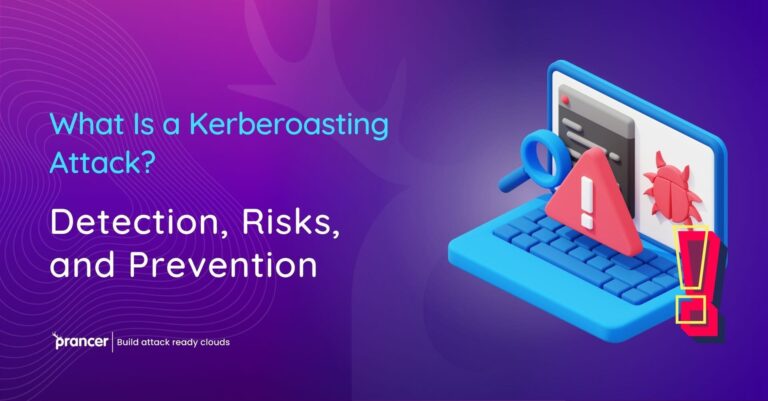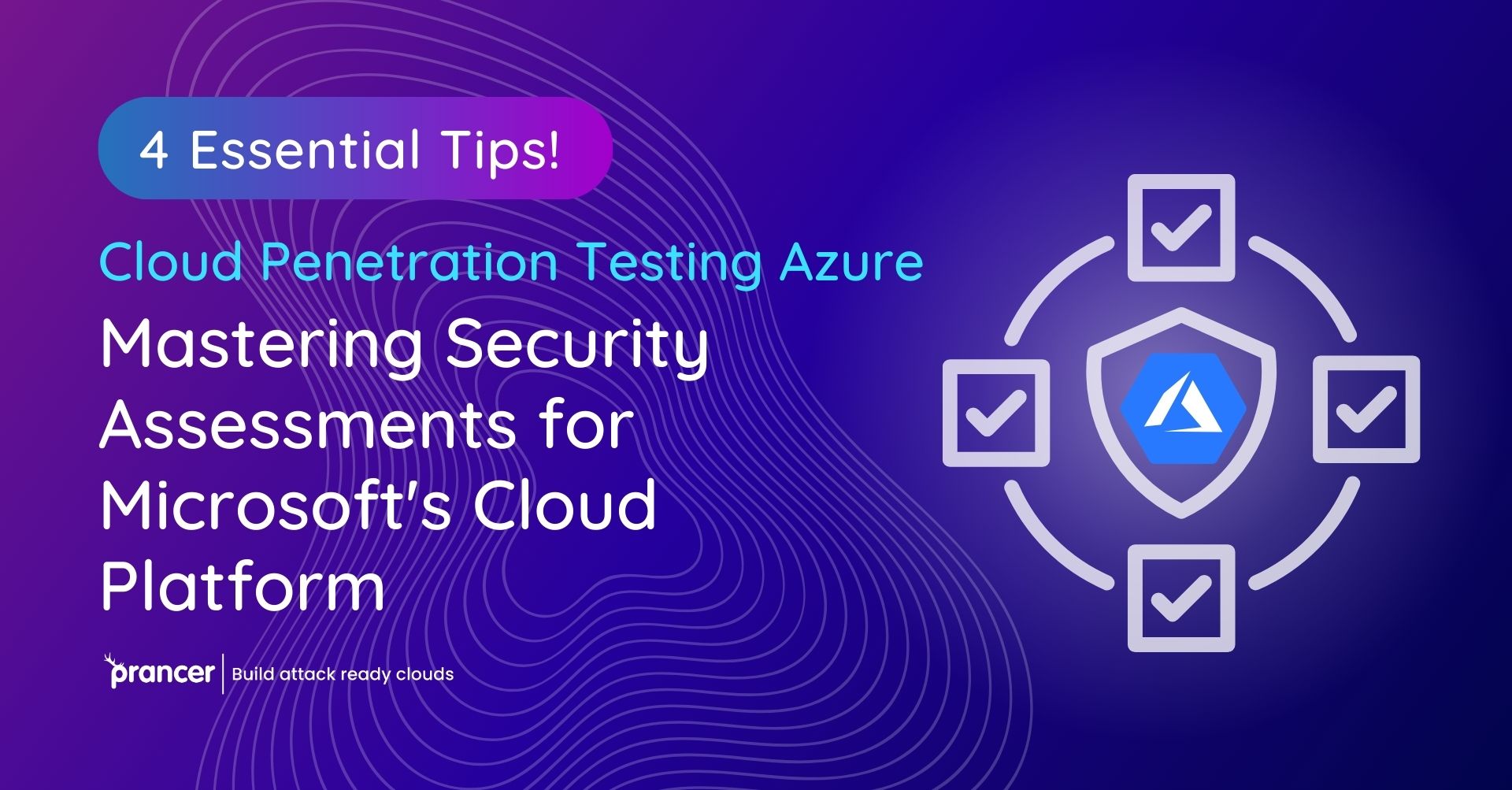

In today’s cloud-centric world, fortifying cloud infrastructure against cyber threats is non-negotiable. Microsoft Azure, a forerunner in cloud computing, necessitates a robust approach to security, making cloud penetration testing Azure an indispensable strategy. This post offers a deep dive into Azure and furnishes you with four pivotal recommendations to maximize the security assessment benefits of this esteemed platform.
Automated Penetration Testing becomes crucial here. The Automated Penetration Testing streamlines security issues through detailed scanning of Azure’s defenses identifying holes accurately and fast. In addition, such a technique supports the work of the manual testing team by providing the full range of cloud security coverage that keeps pace with the growing number of threats in the cyber world.
Cloud penetration testing Azure is not just another term in the cybersecurity lexicon. It represents a forward-thinking strategy aimed at bolstering the defenses of Microsoft’s Azure cloud platform. By simulating real-life cyber-attack scenarios, businesses are empowered to pinpoint vulnerabilities and rectify them proactively. At its core, Azure provides a comprehensive view of an organization’s defensive mechanisms, guiding them to proactively mitigate potential cyber risks.
Prancer’s involvement in cloud penetration testing Azure is not merely supplemental; it’s instrumental. Adopting a mix of manual and automated penetration testing methodologies, Prancer reveals obscure vulnerabilities in Azure architectures. Their comprehensive suite of tools enables cybersecurity aficionados to highlight misalignments, security gaps, and susceptible access points within Azure. Furthermore, Prancer’s synergy with CI/CD mechanisms enriches its prowess, ensuring that penetration testing remains a foundational component of the software development journey.
In addition to basic security checks, Prancer provides Azure cloud penetration testing. Prancer boosts the security posture within Azure environments by integrating with Continuous Integration/Continuous Deployment (CI/CD) processes. The harmonization ensures security assessments are pervasive as opposed to reactive only security that strengthens the cloud infrastructure against new cyber threats.
In the important area of cloud safety, Microsoft Azure’s protection against changing online dangers is key. Checking for security holes in the cloud, especially with Automated Penetration Testing, is very important to Azure’s total safety. This quick process finds and fixes weaknesses. It makes manual testing better and guarantees complete security protection. Azure’s cloud penetration strategy involves:
Test all important parts of Azure in a wide test range.
Simulations that act like real cyber-attacks to find hidden weaknesses.
Putting Prancer’s cloud security system together with testing done both by hand and using machines.
Always staying alert and ready to change when facing new dangers.
Prancer helps to test Azure’s cloud security by finding hidden flaws and working with CI/CD processes. This lets them improve safety all the time, making it stronger against any future online threats.
With an ever-evolving field of cloud security, Microsoft Azure’s reliance on Automated Penetration Testing is a clear sign of their dedication to resilient defense systems. This technique goes beyond conventional ones because it utilizes sophisticated algorithms and machine learning that enables fast, accurate identification of vulnerabilities within Azure’s vast infrastructure.
Key Strategies in Automated Penetration Testing for Azure:
Comprehensive Coverage: This includes extensive testing in all aspects of Azure including applications, networking and data storage.
Integration with CI/CD: Embedding APT the lifecycle of development enable proactive security and continuous enhancement.
The essence of Azure security comprises Automated and Manual Penetration Testing synergy where automated processes based on AI are the foundation for detailed manual testing. This unified approach results in a comprehensive, elaborate security audit comprising all the possible weaknesses.
The use of modern technologies, such as artificial intelligence and machine learning; Automated Penetration Testing is becoming increasingly dynamic and effective. These innovations allow Azure to anticipate and be ready for new threats in the cyber environment leading to a positive security posture.
Automated Penetration Testing in Azure boasts several benefits:
Enhanced Security: Identifying and correcting security gaps as soon as possible strengthens Azure’ s defenses against cyber threats.
Efficiency and Time-saving: Frequent and detailed assessment are done more effectively.
Compliance Assurance: To guarantee compliance with the latest industry standards and regulations.
Moving ahead, the future of Automated Penetration Testing in Azure is focused on enhanced sophistication. New partnerships are expected soon with innovative technologies such as blockchain and quantum computing to strengthen Azure’s security even more. Custom testing methods are also anticipated to develop, aiming at fulfilling the individual Azure environment’s security needs.
Last, Automated Penetration Testing serves as one of the pillars for security in ensuring a secure and dependable cloud platform is maintained where there are constantly changing cyber threats.
In the current cyber epoch, cloud penetration testing Azure is an imperative for entities leveraging the capabilities of Microsoft’s Azure. A methodical security appraisal on Azure can illuminate vulnerabilities, bolstering the overarching defense mechanisms. With the backing of Prancer’s unmatched expertise and avant-garde cloud security solutions, actualizing top-tier security assessments on Azure becomes an attainable reality. In the fast-evolving domain of cybersecurity, cloud penetration testing Azure, particularly when fortified with a partner like Prancer, guarantees that you remain ahead in the ceaseless race against cyber threats.
